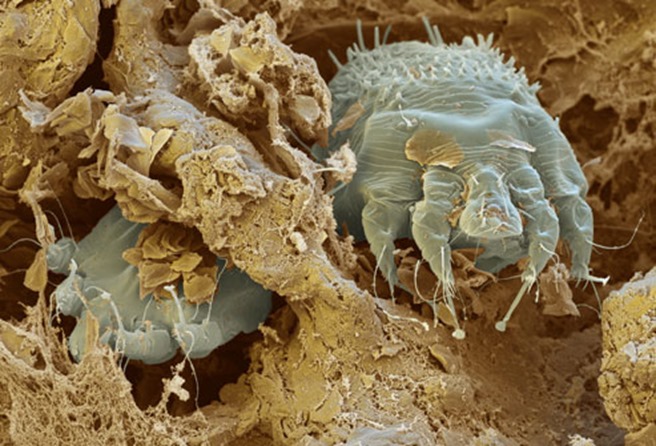Breitbart
June 3, 2014

Several U.S. Border Patrol agents in the Rio Grande Valley (RGV) sector have reportedly contracted scabies from contact with detained illegal immigrants.
According to a report by Action 4 News, about 10-15 percent of apprehended illegal immigrants have scabies in the RVG area. “A lot of people [are] coming in with the disease, and it seems to be spreading, not just within the McAllen station, but throughout the Valley and to some of our agents,” Chris Cabrera, a spokesman for the National Border Patrol Council, told the local media outlet.
Zack Taylor, Chairman of the National Association of Former Border Patrol Officers, told Breitbart Texas that illegal immigrants are often not screened for diseases during processing.
He said, “Even Border Patrol does not screen people for such diseases due to the sheer numbers of people who need to be processed. Immigrants aren’t even screened if they’re going into a public jail or an immigration detention facility.”
Sharp increases in illegal immigration into the U.S. this year has caused processing facilities to become overcrowded–authorities simply do not have time to screen every apprehended illegal immigrant for diseases.
RGV Border Patrol spokesman Daniel Tirado told Breitbart Texas that his sector is overwhelmed with the number of illegal immigrants that currently need to be processed. “We’re catching an average of 1,000 per day and our agents are processing them around the clock. Processing takes between one to two hours per individual–it varies case by case,” he said.

According to the Associated Press, the RGV sector has arrested more than 130,000 people for immigration violations since October 1–this marks a 67 percent increase from last year.
Overcrowding has made it difficult to identify and quarantine infected detainees. Many are concerned that scabies and other illnesses may be passed onto the general public.
Hidalgo County Health Department director Eddie Olivarez told Action 4 News that many illegal immigrants are likely contracting scabies in human stash houses, as they make their journey into the U.S. “The situation is that probably in the stash houses on the Mexican side or even on the U.S. side those stash houses are probably infected with this particular illness,” he said.
